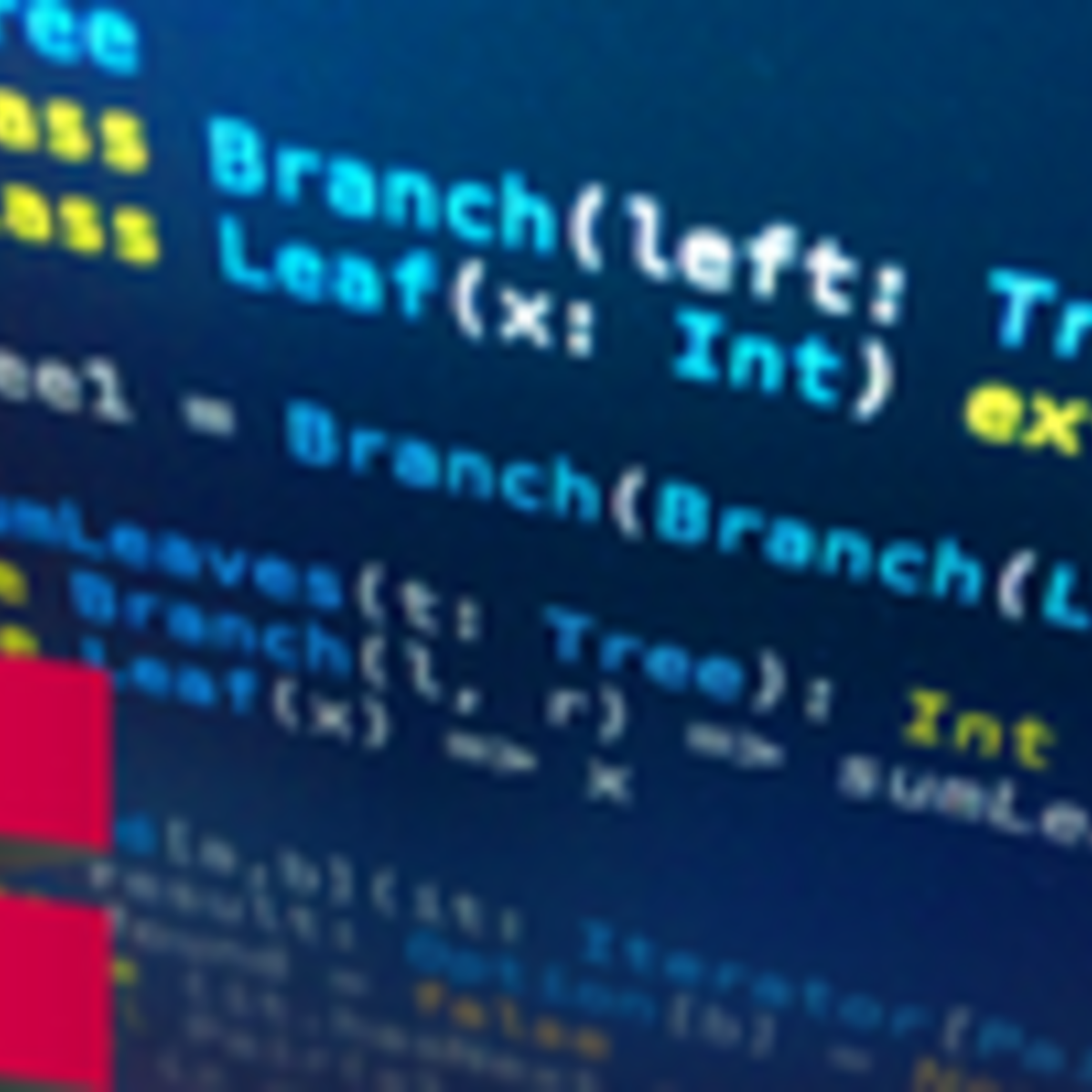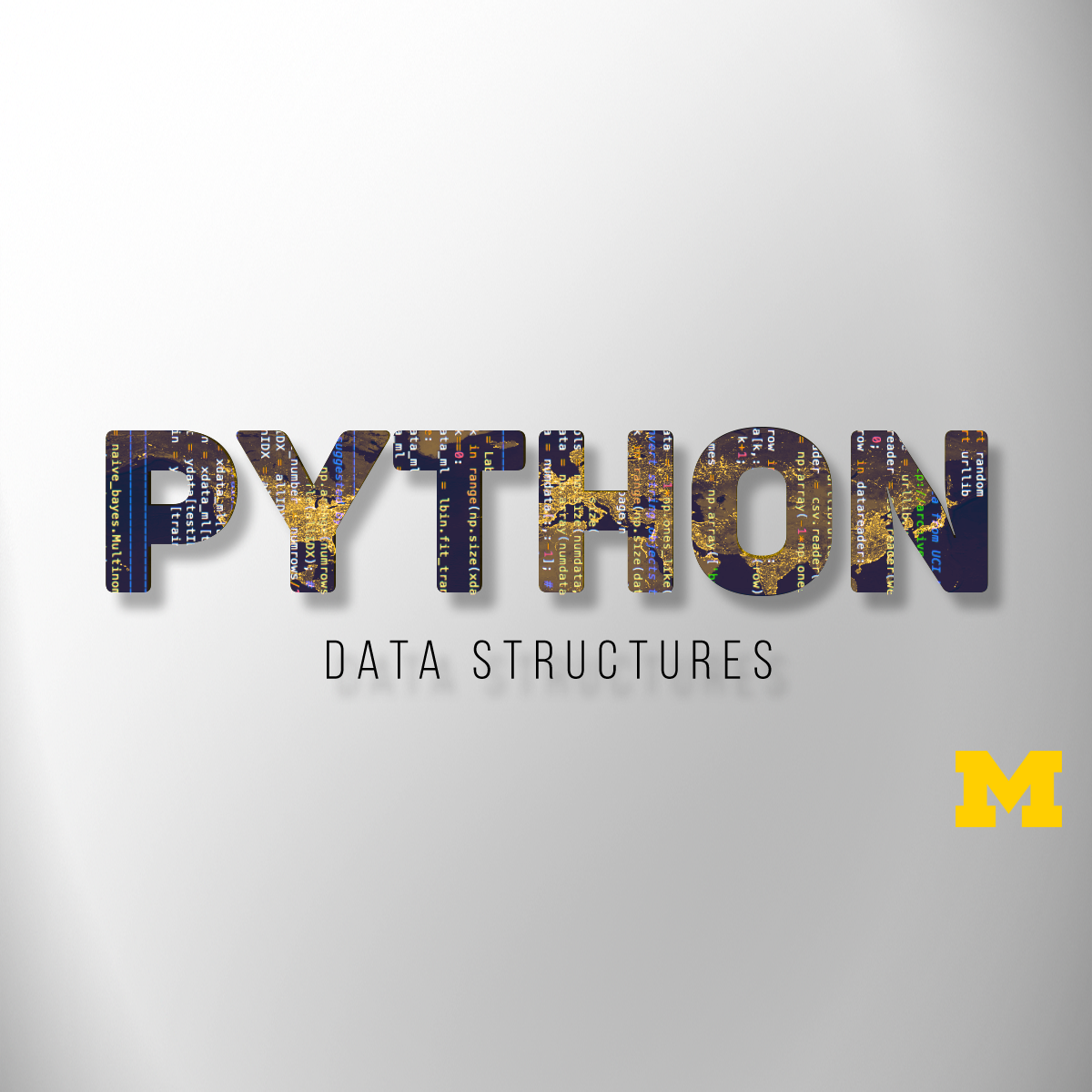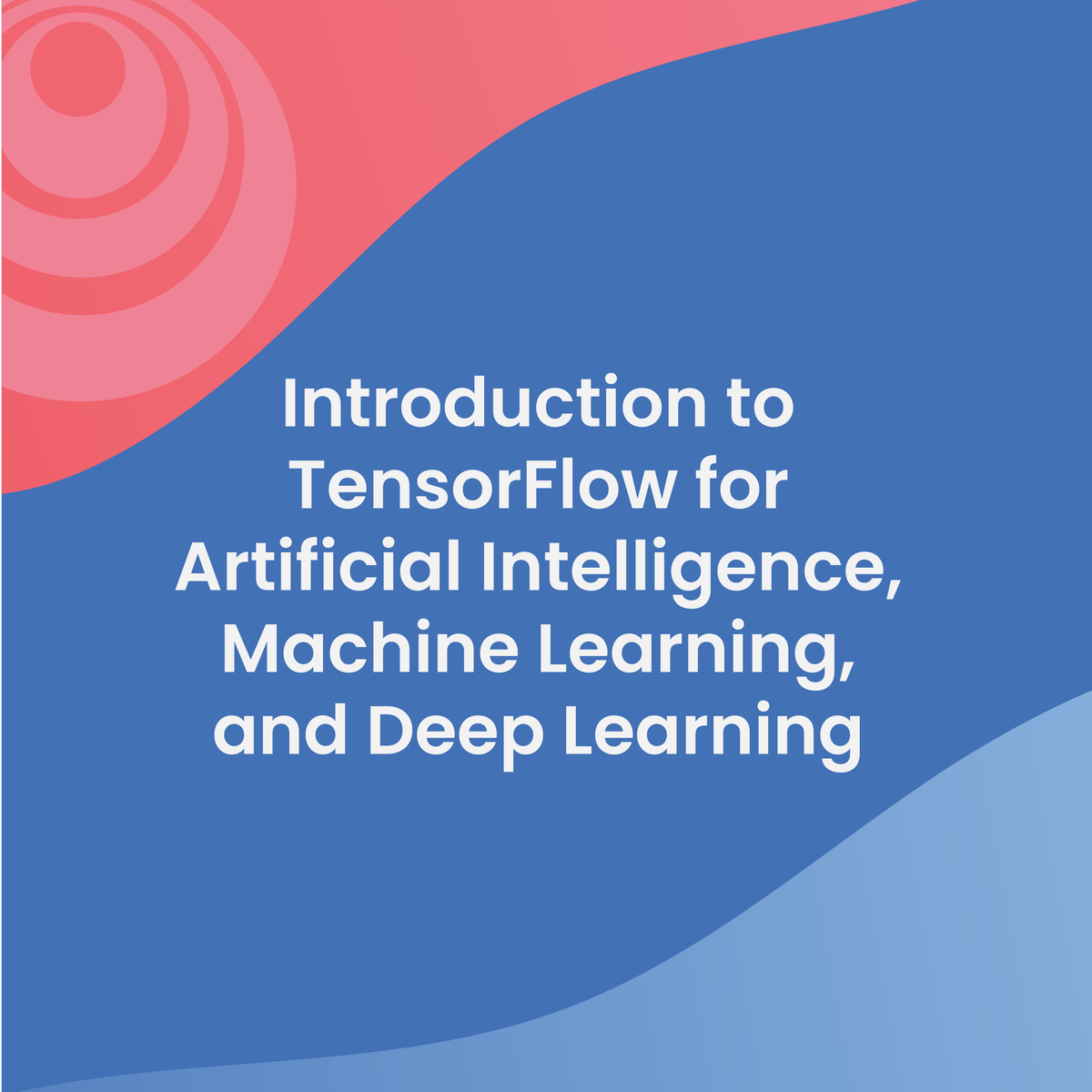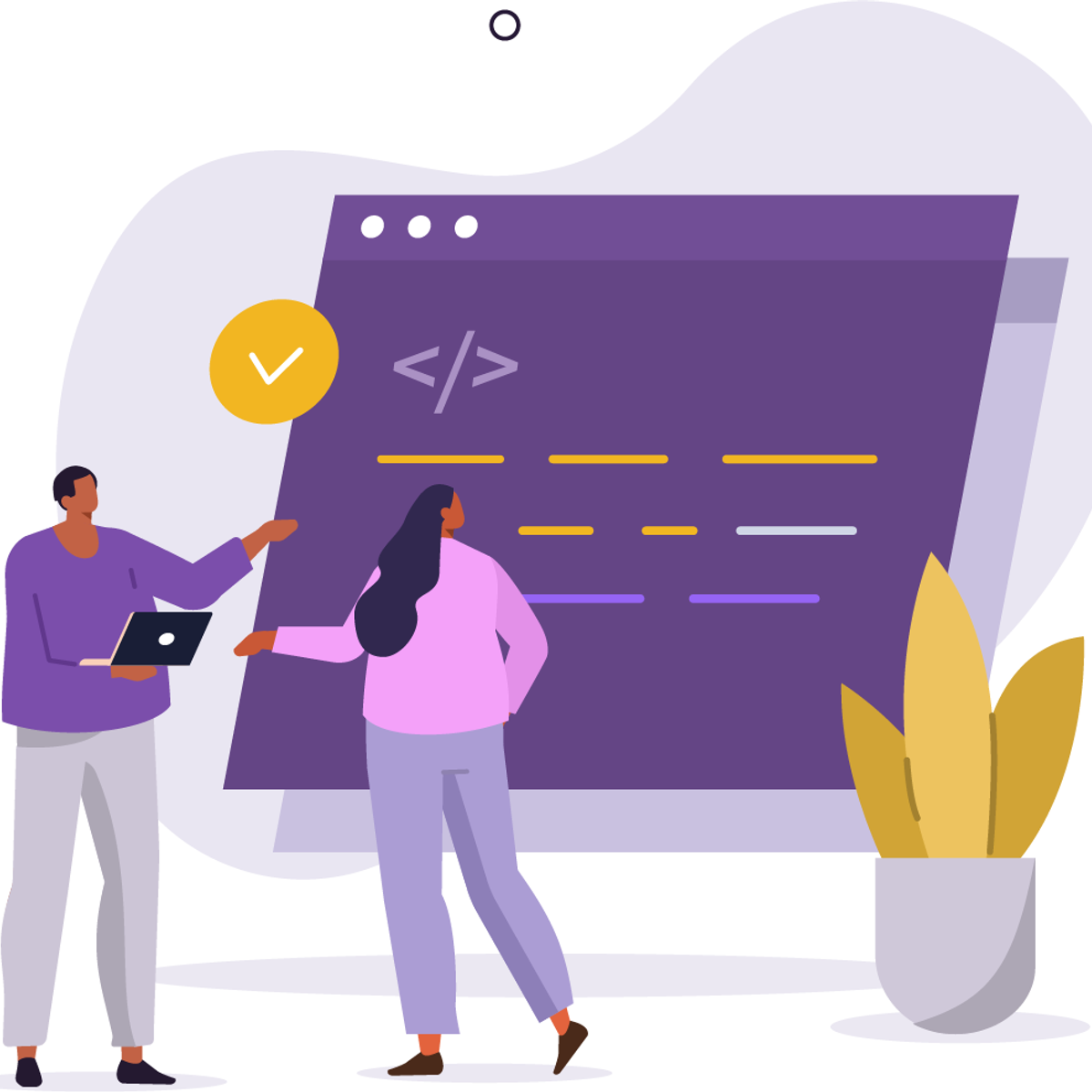Back to Courses









Software Development Courses - Page 6
Showing results 51-60 of 1266
Functional Programming Principles in Scala
Functional programming is becoming increasingly widespread in industry. This trend is driven by the adoption of Scala as the main programming language for many applications. Scala fuses functional and object-oriented programming in a practical package. It interoperates seamlessly with both Java and Javascript. Scala is the implementation language of many important frameworks, including Apache Spark, Kafka, and Akka. It provides the core infrastructure for sites such as Twitter, Netflix, Zalando, and also Coursera.
In this course, you will discover the elements of the functional programming style and learn how to apply them usefully in your daily programming tasks, such as modeling business domains or implementing business logic. You will also develop a solid foundation for reasoning about functional programs, by touching upon proofs of invariants and the tracing of execution symbolically.
The course is hands-on; most units introduce short programs that serve as illustrations of important concepts and invite you to play with them, modifying and improving them. The course is complemented by a series of programming projects as homework assignments.
Recommended background: You should have at least one year of programming experience. Proficiency with Java or C# is ideal, but experience with other languages such as C/C++, Python, Javascript, or Ruby is also sufficient. You should have some familiarity using the command line.

Python Data Structures
This course will introduce the core data structures of the Python programming language. We will move past the basics of procedural programming and explore how we can use the Python built-in data structures such as lists, dictionaries, and tuples to perform increasingly complex data analysis. This course will cover Chapters 6-10 of the textbook “Python for Everybody”. This course covers Python 3.

Storing, Retrieving, and Processing JSON data with Python
By the end of this project, you will learn how to work with JSON data in python. we will learn what is an API and how we can access the data using HTTP requests in Python. We are going to retrieve the data and use TKinter module in python to develop a desktop application for browsing characters rolled in Rick and Morty series. During this project, you will learn what a JSON API is and how it works. you will learn about how to send an HTTP request to the server to retrieve the JSON data and at the end, we are going to learn how to use this data to develop a desktop application using python and TKinter.

Programming Languages, Part A
This course is an introduction to the basic concepts of programming languages, with a strong emphasis on functional programming. The course uses the languages ML, Racket, and Ruby as vehicles for teaching the concepts, but the real intent is to teach enough about how any language “fits together” to make you more effective programming in any language -- and in learning new ones.
This course is neither particularly theoretical nor just about programming specifics -- it will give you a framework for understanding how to use language constructs effectively and how to design correct and elegant programs. By using different languages, you will learn to think more deeply than in terms of the particular syntax of one language. The emphasis on functional programming is essential for learning how to write robust, reusable, composable, and elegant programs. Indeed, many of the most important ideas in modern languages have their roots in functional programming. Get ready to learn a fresh and beautiful way to look at software and how to have fun building it.
The course assumes some prior experience with programming, as described in more detail in the first module.
The course is divided into three Coursera courses: Part A, Part B, and Part C. As explained in more detail in the first module of Part A, the overall course is a substantial amount of challenging material, so the three-part format provides two intermediate milestones and opportunities for a pause before continuing. The three parts are designed to be completed in order and set up to motivate you to continue through to the end of Part C. The three parts are not quite equal in length: Part A is almost as substantial as Part B and Part C combined.
Week 1 of Part A has a more detailed list of topics for all three parts of the course, but it is expected that most course participants will not (yet!) know what all these topics mean.

Introduction to TensorFlow for Artificial Intelligence, Machine Learning, and Deep Learning
If you are a software developer who wants to build scalable AI-powered algorithms, you need to understand how to use the tools to build them. This course is part of the upcoming Machine Learning in Tensorflow Specialization and will teach you best practices for using TensorFlow, a popular open-source framework for machine learning.
The Machine Learning course and Deep Learning Specialization from Andrew Ng teach the most important and foundational principles of Machine Learning and Deep Learning. This new deeplearning.ai TensorFlow Specialization teaches you how to use TensorFlow to implement those principles so that you can start building and applying scalable models to real-world problems. To develop a deeper understanding of how neural networks work, we recommend that you take the Deep Learning Specialization.

Hands-on Text Mining and Analytics
This course provides an unique opportunity for you to learn key components of text mining and analytics aided by the real world datasets and the text mining toolkit written in Java. Hands-on experience in core text mining techniques including text preprocessing, sentiment analysis, and topic modeling help learners be trained to be a competent data scientists.
Empowered by bringing lecture notes together with lab sessions based on the y-TextMiner toolkit developed for the class, learners will be able to develop interesting text mining applications.

Building Interactive User Interfaces Using React Library
A frontend application is expected to have an attractive, responsive UI and a seamless UX with swift navigable views. Single Page Applications (SPAs) fulfill these expectations as they are lighter and efficient. React, a popular JavaScript library is used for developing complex user interfaces for single page applications (SPAs). Facebook, Instagram, Netflix, Airbnb etc., are some of the famous websites that use React.
In this course, you will learn to construct an SPA by developing reusable and testable React Class components. The library helps you explore React features that enhance the performance of web applications by enabling partial page updates.

Validate HTML Forms with JavaScript and HTML
By the end of this project, you will have written and tested JavaScript and HTML code that validates data values entered into input fields on an HTML form. Data validation is a valuable skill in web development. Notifying users of input errors not only improves the user experience it also helps to ensure that any data collected via a form is as accurate as possible before sending it to a server for processing.
Note: This course works best for learners who are based in the North America region. We’re currently working on providing the same experience in other regions.

Interpretable Machine Learning Applications: Part 4
In this 1-hour long guided project, you will learn how to use the "What-If" Tool (WIT) in the context of training and testing machine learning prediction models. In particular, you will learn a) how to set up a machine learning application in Python by using interactive Python notebook(s) on Google's Colab(oratory) environment, a.k.a. "zero configuration" environment, b) import and prepare the data, c) train and test classifiers as prediction models, d) analyze the behavior of the trained prediction models by using WIT for specific data points (individual basis), e) moving on to the analysis of the behavior of the trained prediction models by using WIT global basis, i.e., all test data considered.
Note: This course works best for learners who are based in the North America region. We’re currently working on providing the same experience in other regions.

Aggregate Data in SQL using MySQL Workbench
In this project you will use MySQL Workbench to write SQL queries that aggregate (group) data. Incorporating aggregate functions like COUNT, SUM, and AVG, your SQL queries will group and summarize data. Data that is aggregated and presented in a logical format makes it a more valuable decision-making tool for users.
Note: This course works best for learners who are based in the North America region. We’re currently working on providing the same experience in other regions.
Popular Internships and Jobs by Categories
Find Jobs & Internships
Browse
© 2024 BoostGrad | All rights reserved